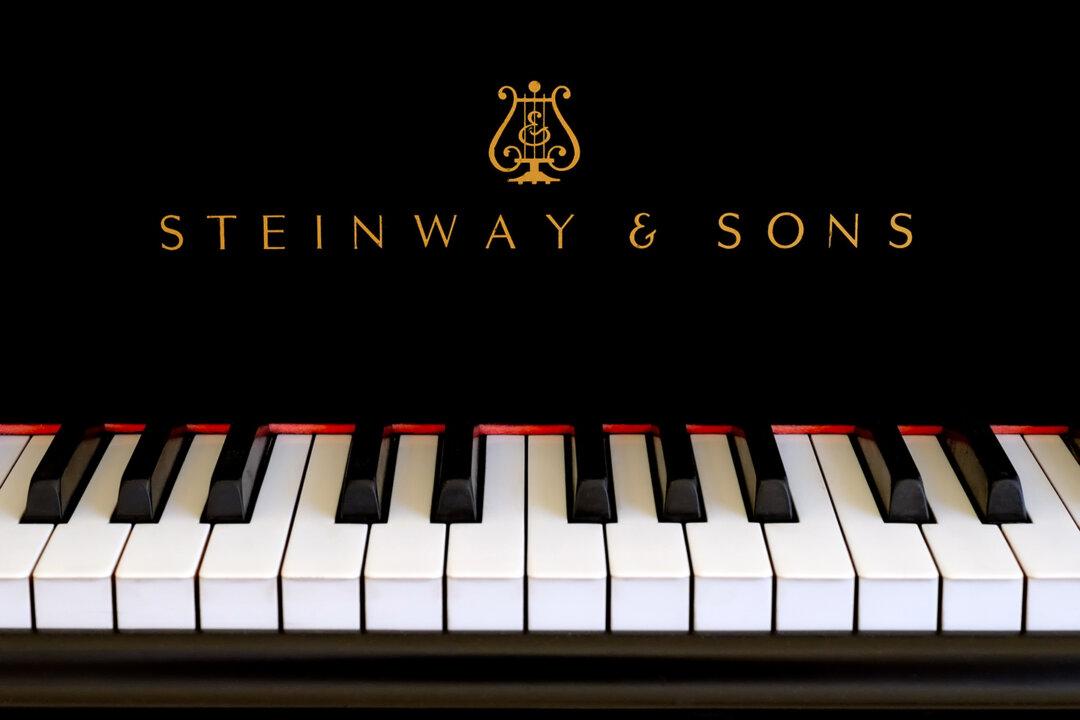German piano-maker Heinrich Engelhard Steinweg stood in his kitchen one evening putting the finishing touches on a piano he built by hand. He aspired to make the best piano possible, built on pride in one’s work and the model of American excellence he already embodied from growing up in Germany.
With his innovative model piano now complete, he made plans to move his family to America. He immigrated with five of his sons, who helped him with his business endeavors. Through innovation, creativity, and inspiring tenacity, he and his sons accomplished their goal and much more.





